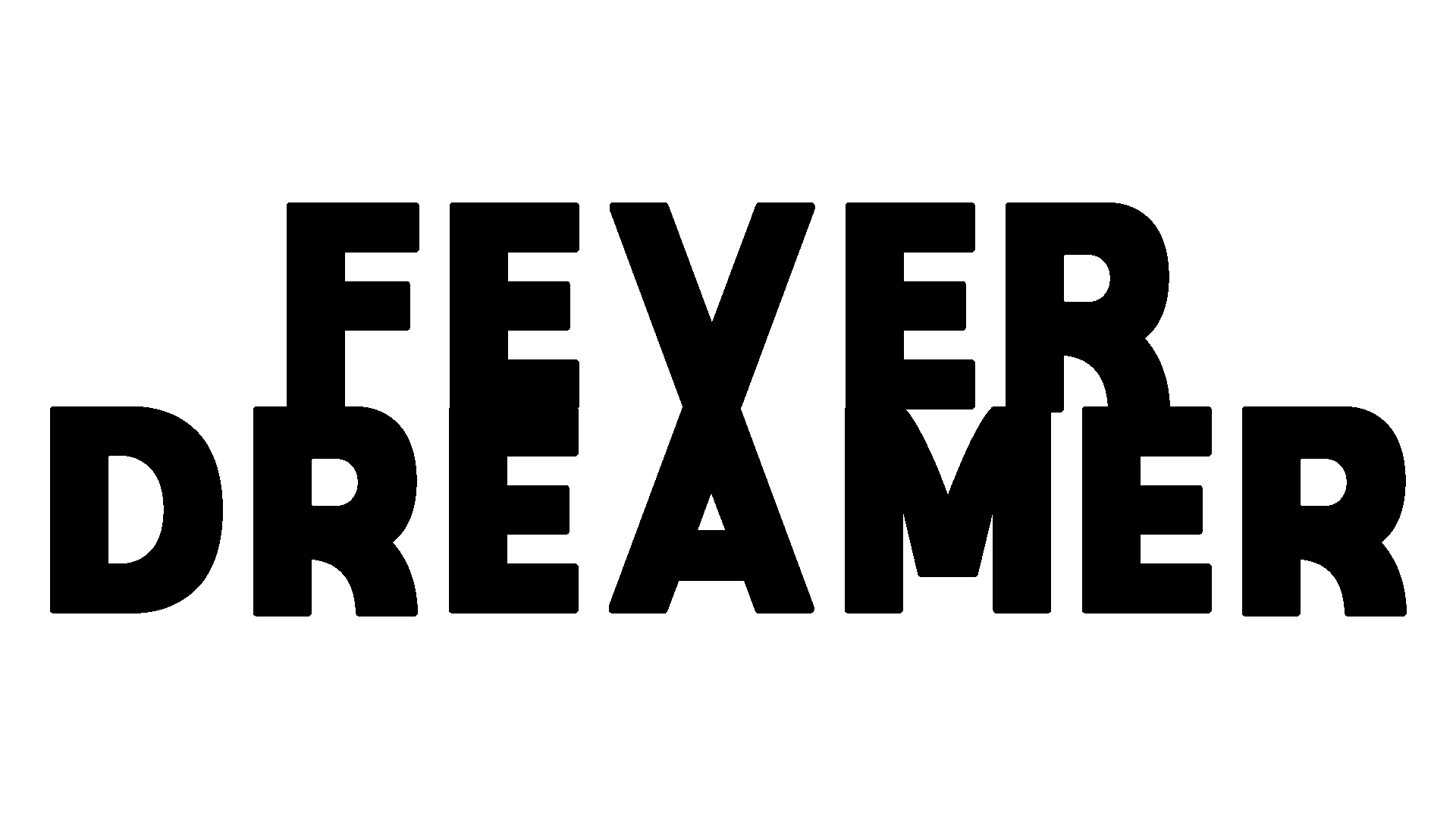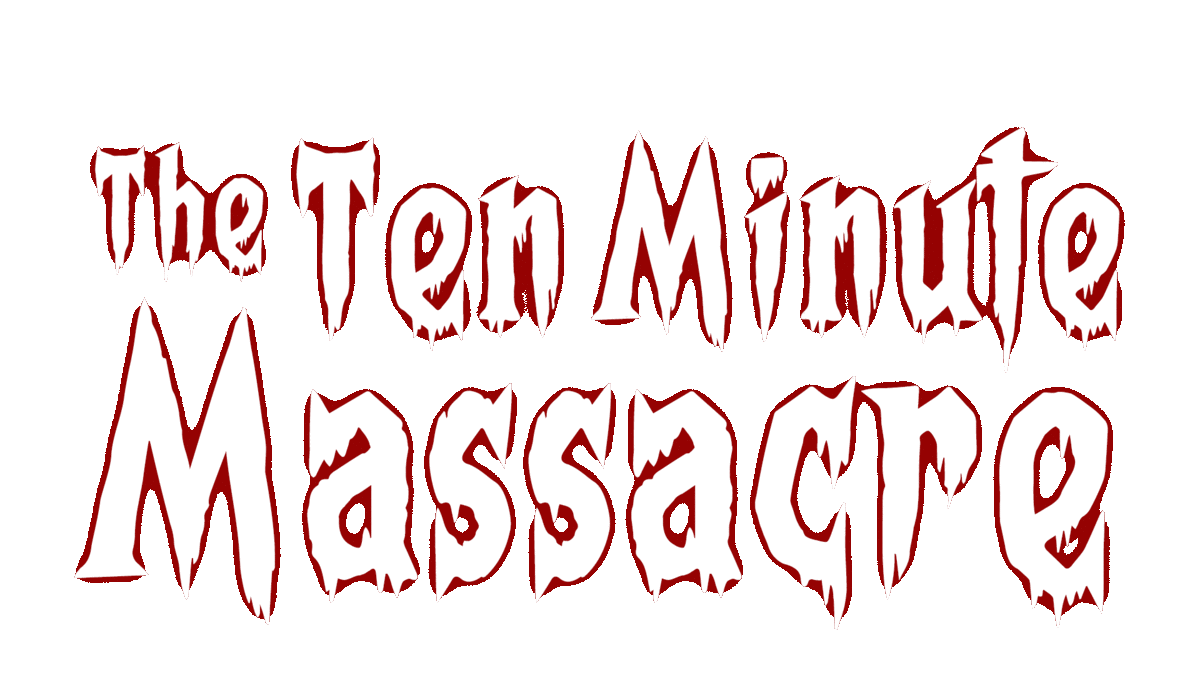Zodiac: Fincher vs Fact
- Audrey E Lorber

- Apr 1, 2019
- 6 min read
David Fincher’s Zodiac(2007) is widely acclaimed to be an outstandingly accurate retelling of the still unsolved serial murders committed by the Zodiac Killer. The Zodiac Killer is the pseudonym of a man who murdered victims in Northern California in the late 1960’s, whose identity is still unknown. Because the Zodiac case remains unsolved, exact details about the murderer are unknown, which left wiggle room for Fincher to embellish. Fincher may have altered certain elements of the case, but did choose to accurately depict the gruesome murders and the corruption within the police and newspaper departments. Fincher’s intentions for the film were not to incriminate or glamourize a serial killer, but to highlight the deterioration of men with an obsession, Paul Avery, David Toschi, and Robert Graysmith.
After journalist Paul Avery is seemingly successful in getting information regarding the Zodiac through an anonymous tip, the police interview numerous people claiming to have any further information. One interview between Detective Armstrong and alleged estranged friend of the Zodiac, Donald Cheney, is especially insightful. In the movie, this interview takes place after a string of obviously false and wacky tips about the Zodiac. In editing the Armstrong-Cheney interview in this way, Fincher makes Zodiac’s audience come to the conclusion that Arthur Leigh Allen is the Zodiac. Cheney also told Armstrong that Allen said some pretty incriminating things to him. However, in the real interview Cheney had, he never mentioned any book, or the short story “The Most Dangerous Game”. These pieces of additional detail regarding the Zodiac, which are included in the movie, are essential to the resolve that Allen is the Zodiac. Cheney’s real life accounts of Allen have changed from one telling to the next, and have since been acknowledged as lies.
This realization was not the case at the time. Police and investigators ate up any information that seemed relevant, especially during this lull in the span of the case. There were times during the case when the Zodiac was front-page news, but even this infamous serial murderer began to stray from the public eye. And so the police believed Cheney’s Zodiac tales without even giving the information a second look. Cheney told Armstrong that he was certain the date Allen spoke to him about his distress concerning being fired from his job was before January 1968. If the investigators had bothered to breeze through a calendar, they would have noticed that Allen was fired in March of 1968, three months after the alleged conversation. During an interview in 2000, after being informed that Allen did not lose his job until March 1968, Cheney claimed his and Allen’s conversation occurred in January 1969, a whole year after his initial claim.
Cheney’s stories changed significantly over the years, but what is more interesting is how the film disregards this detail whole. Tracking down the Zodiac killer was inarguably the goal of every main character in the movie and their respective detectives in real life, but it is not the purpose of the film. If it had been, the interviews between investigators and Zodiac-information-yielding-persons would have been depicted as accurately in the movie as they occurred in reality. In interviews, director David Fincher even discussed the choice to recreate the murders accurately because of the overwhelming information the writing team had. Fincher and the team had access to every case file regarding the Zodiac, even those tucked away in the homes of retired detectives and policemen. Information in Zodiac was also received from the first person accounts of Zodiac victims who survived their attacks. Fincher would have had no reason but to correctly depict these discrepancies unless his intensions were to highlight not the conclusion, but the investigation.
Fincher made other moves to give Zodiac’s audience the impression that Allen was the Zodiac. In the movie, during the interview between inspectors and Allen, there are multiple close-up shots on Allen’s boots, the same ones worn by the Zodiac killer. In the real interview, Allen wore no such boots, as this pivotal and incriminating detail was never noted in the police reports. So Fincher must have included this in Zodiac, merely half way through the almost 3 hour film, to instill a false sense of closure within its audience. This is where we, as the viewers, desire the movie to end. This way someone is responsible for the murders and nothing unfortunate happens to the main characters. However, this clean and cookie cutter film I described is not accurate nor the one Fincher intended on making.
After Inspector David Toschi discovered Allen’s handwriting did not match that of the Zodiac, the second half of the film progresses with frequent fades to black before respective following scenes. This conscience editing choice, which is only apparent toward the end of the film, is used to represent the great lulls within the case that occurred in real life. As previously stated, the public stopped caring about the Zodiac and moved onto more pressing news. Fincher’s decision to symbolize mass lack of interest and information about the Zodiac and great passings of time signifies its importance to the film.
The impact these desperate times had on Avery, Toschi, and Graysmith is the entire end half of the film and is therefore equally if not more important to Fincher than the Zodiac’s killings entirely. It is during this part of the movie that Inspector Armstrong informed Toschi that he is transferring out of the homicide division because he wants to watch his kids grow up. Armstrong then walks off with his wife, leaving Toschi alone in his car to watch them leave together. Inspector Toschi exhausted many aspects of his life for a great number of years in the investigation of the Zodiac murders without ever receiving closure.
The very next scene begins with Robert Graysmith, newspaper cartoonist and our main character, flipping through his Zodiac newspaper clippings scrapbook. The mere knowledge that Graysmith, and not Allen or the Zodiac Killer, is the main character of Zodiac, should represent the story Fincher wanted to tell. Graymsith’s obsession with the serial killer is worse almost every time he is on screen. His second marriage and three children felt the weight of his obsession after his endless nights at the library, countless hours sleuthing with Avery, relentlessly calls to Toschi’s home to discuss the case, and even his “special project” with his kids in which they read him murder cases that may be linked to the Zodiac as he made their school lunches. Eventually, Graysmith’s wife leaves him and takes the kids.
Avery has not been exempt from the detrimental effects of obsession just because he no longer worked for the newspaper. In fact, he was fired over his alcohol and drug abuse that developed from his obsession. The already eccentric journalist is last seen when Graysmith visits him at his home, which is decorated with ashtrays filled with half-smoked joints, liquor bottles, and debris. Avery is surprised to see Graysmith and says that no one from “the old days” visits him anymore. Avery turns sour on Graysmith quickly and began ruthlessly insulting his last friend. This scene is pure fiction, as this encounter simply never occurred in real life. This is the only scene Fincher did not pull from a conversation rooted in reality, which means he chose to write Avery as the deteriorated shell of the writer he once was on purpose. Fincher embellished Avery’s downfall later in the film as well in a scene in which Avery is using an oxygen tank at a bar when in reality he was healthy and employed. The implication that obsession could drive a once well established and respected man to drug induced isolation is the purpose of the whole film.
It was important to Fincher not only to depict the deterioration of those within the police and newspaper departments, but also their corruption, as evident by the numerous mistakes made by those persons in movie. Inspector Toschi is accused of forging a new Zodiac letter to drum up publicity for the forgotten case based on evidence he had written himself anonymous fan mail in the past. This all occurred in real life and Toschi lost all his credibility and was removed from the homicide division. In the moments after the Zodiac’s last confirmed murder, the police spoke with a man in the area that fit the description of the Zodiac. However, they let him go because they were erroneously looking for a black man.
The film ends without the closure of finally tracking down the murderer most other true-crime movies tend to. The decorated protagonists we as audience members once trusted to solve this infamous serial murder case ended up just being crazed and obsessed low lives; disappointing but reality. Fincher fibbed a little to show us the closure we desired in finding our culprit and then exaggerated some to emphasize the horrific downfalls of our main characters, but ultimately fueled Zodiac with truth.












Comments